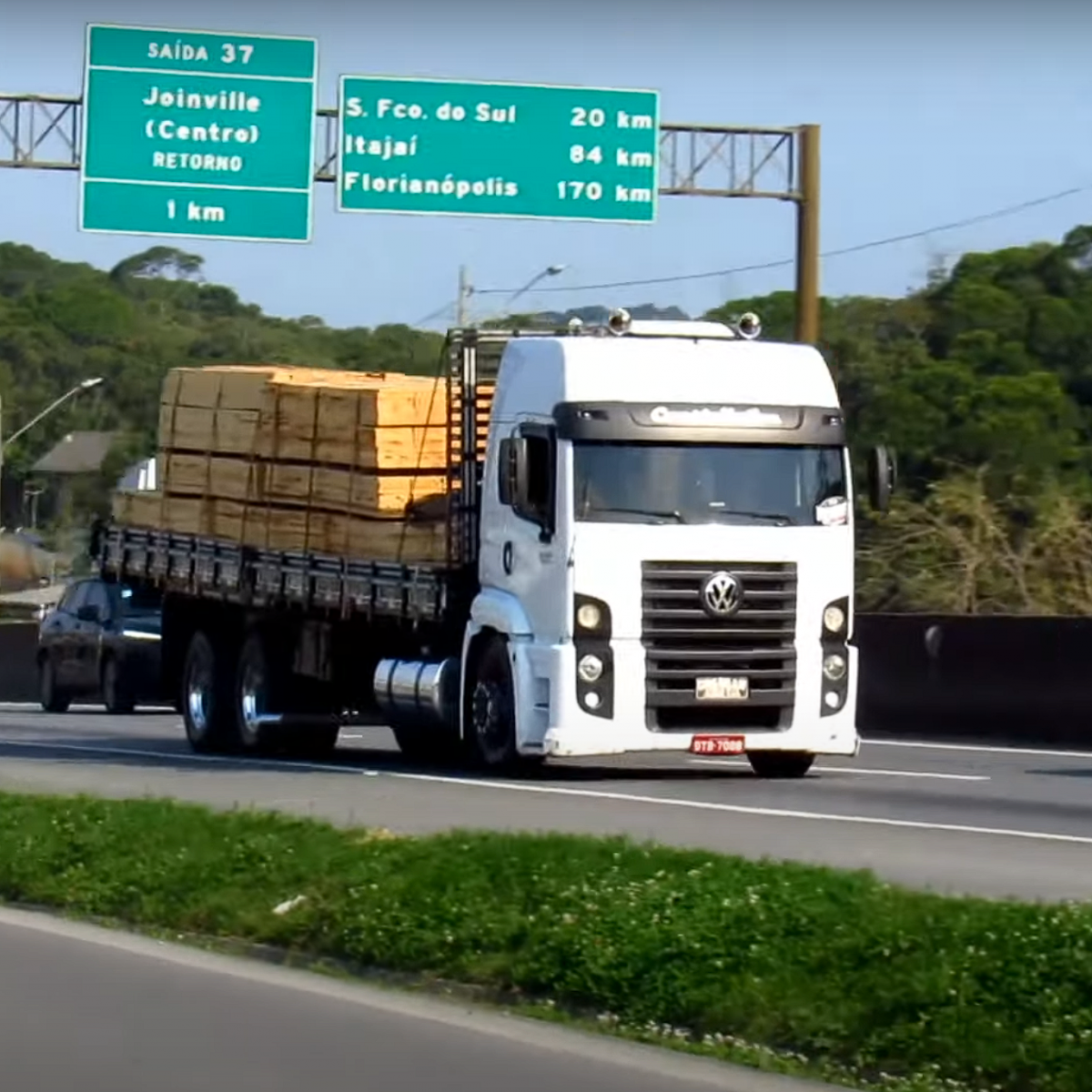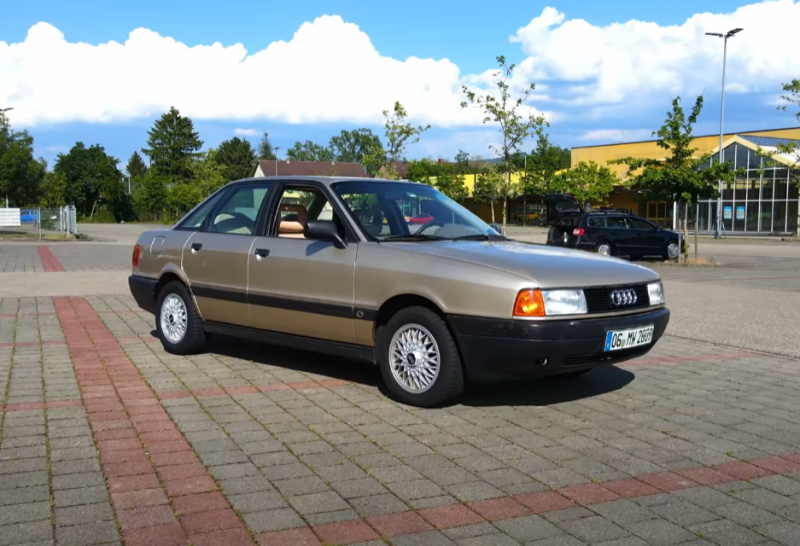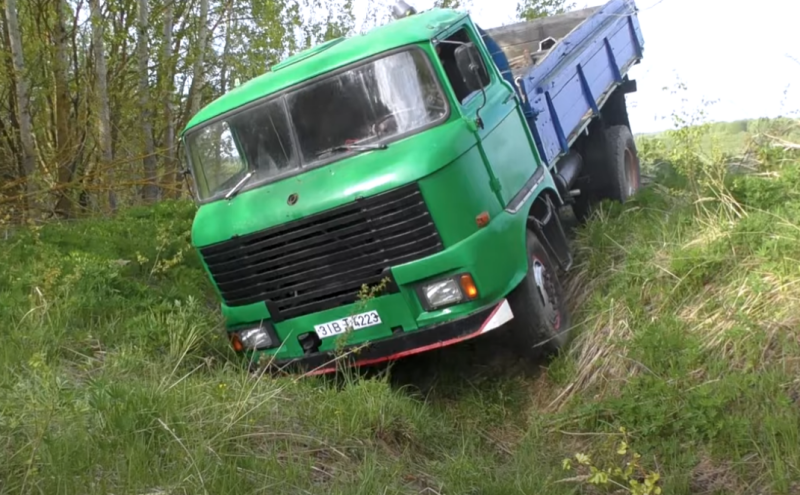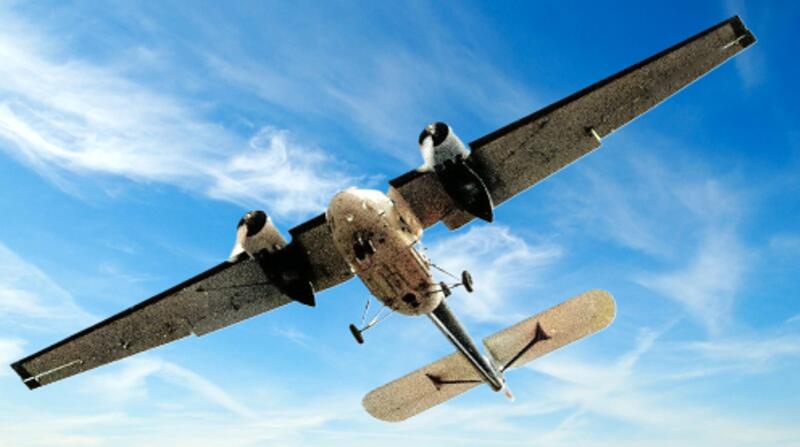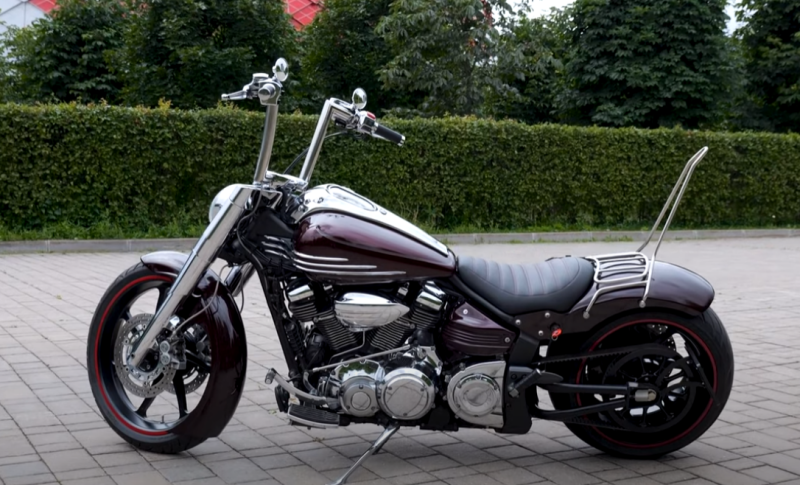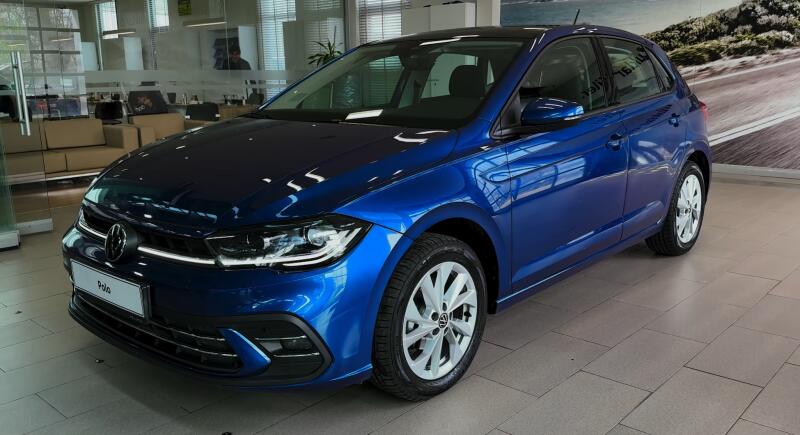Another world-famous city - Rio de Janeiro - the birthplace of the famous Carnival and the dream of Ostap Bender. Until the sixties of the last century, Rio was the capital of Brazil, but in 1957, President Juscelino Kubicek de Oliveira moved the capital to a city specially built for this purpose - Brasilia. Brazil occupies half the area of South America, so, you know, there is no way here without transport infrastructure. And I must say that this infrastructure is extremely peculiar!
Brazil: roads
As in the case of Russia, the road network in Brazil is highly uneven. Motor roads are two million kilometers long, and only slightly more than 10% of them are paved. Motorways are paid, so travelers should prepare in advance for additional costs.
 Road through the Serra do Rio do Rastro mountain range. Photo: Youtube.com
Road through the Serra do Rio do Rastro mountain range. Photo: Youtube.comIt is clear that for a country with such an area, the existing road network of highways is not enough. The lack is partially made up for by railways (we will talk about this separately), as well as water transport and aviation. Brazil is the second country in the world, after the United States, in terms of the number of domestic flights. This is not surprising, because often “air and water” is the only way to get to remote areas.
Rail transport
As far as railways are concerned, Brazil is similar to Australia: in both cases, there are several gauge options, which creates operational inconveniences. On the "piece of iron" Brazilians transport mainly goods - passenger traffic can be said no. After privatization, individual owners decided that it was more profitable to cut the rails into metal than to keep the road in proper condition.
Some of the tracks in the country are "killed" so much that trains crawl along them not exceeding 60 kilometers per hour. At the same time, most of the railway stations in the country are closed, there is no “through” communication - you need to get with transfers, waiting for the next train for days! Some inconveniences due to which the “piece of iron” is not loved by the Brazilians.
Off road
Speaking of the roads of Brazil, it is impossible to ignore all kinds of mountain roads - serpentines winding along the slopes like a drunken snake performing a lambada! But the real scourge of tractors and buses is the rainy season, during which the “roads” become limp, turning into an impenetrable swamp.
 With tenacity worthy of a better use, the "camioneros" storm off-road on highway trucks and buses! Photo: Youtube.com
With tenacity worthy of a better use, the "camioneros" storm off-road on highway trucks and buses! Photo: Youtube.comIt is amazing to see how courageously Brazilians ride into the mud on what is commonly called transport for "intercity traffic". However, there are on the roads and the former army equipment, and even homemade products.
Brazil and alcohol
Brazilians love alcohol! Do not drink, of course, but pour it into the gas tanks of cars. Most passenger cars and light commercial vehicles in the country are dual-fuel, meaning they can run on both alcohol and gasoline. And some taxi drivers also install gas-balloon equipment, getting a multi-fuel engine.
Alcohol is the most popular type of fuel in Brazil, accounting for half of the total volume sold in the country. The “alcoholization of the whole country” began in the seventies, when the main oil importers announced a world embargo on the supply of fuel. Brazil, unlike other countries, decided to conduct an experiment to replace gasoline with alcohol made from sugar cane, which is in abundance in the country!
 Brazilian cars can run on petrol, alcohol and gas. Photo: Youtube.com
Brazilian cars can run on petrol, alcohol and gas. Photo: Youtube.comAt first, alcohol was gradually added to gasoline, and in the eighties, the authorities obliged automakers operating in the country to have a car in the model range that could run on 100% ethanol. After the decline in oil prices, interest in ethanol as a fuel has declined. Now in Brazil, cars are being sold that can run both on pure alcohol (E-100) and on a mixture with gasoline - bioethanol containing 20% alcohol.
Light transport
Brazil has a high level of import duties, which, given the low incomes of the population, leaves its mark on the local fleet. The cars of the budget segment, familiar to us Renault Logan and Chevrolet Cobalt, are widely used. The world's leading car brands are represented in the country, for example:
✅FIAT
✅Volkswagen
✅Ford
✅Chevrolet
✅Toyota
✅ Nissan
✅ Renault
✅ Peugeot
✅Hyundai
Last year, car production in Brazil amounted to more than 2.2 million units, and for the first time since 2016 there was a change of leader: Chevrolet was replaced by FIAT. In terms of models, the Fiat Strada pickup topped the list in 2021, the only model to sell more than 100 units.
 Fiat Strada is the most popular model in the Brazilian market. Photo: Youtube.com
Fiat Strada is the most popular model in the Brazilian market. Photo: Youtube.comBy the way, for the first time, a pickup truck won first place in sales in Brazil. Hyundai HB20 is in second place, Fiat Argo is third, Jeep Renegade is fourth. But the leader of the last five years, Chevrolet Onix, fell to fifth place due to problems with the supply of microchips. Rounding out the top ten are Jeep Compass, Fiat Toro, Fiat Mob and Hyundai Creta.
Brazil: trucks
Unlike Australia, Brazilians prefer European-style tractors. Among the brands, the Brazilians prefer Mercedes-Benz, and the Volkswagen truck manufacturer, unknown in Russia.
 Volkswagen Constellation. Photo: Youtube.com
Volkswagen Constellation. Photo: Youtube.comIt is unusual to see such a strange sight as a heavy truck with a VW emblem on the radiator grille. In addition to South America, long-range Volkswagens are found in Africa, so it is no wonder that these trucks are unknown in Russia. In the heavy truck segment, Volkswagen Trucks and Buses is represented by the Meteor and Constellation models. The latter is available not only with Brazilian MWM engines and American Cummins, but also with a MAN D26 in-line six with a displacement of 13 liters and a power of 460 horses at 1800 rpm.
The only transmission option is a 12-speed ZF Traxon "robot". The cost of the model is 630 reais (000 euros), which is 121 cheaper than the entry-level Meteor. Strictly speaking, the 000 is based on the Meteor chassis, but equipped with a "cheap" Constellation cab.
 Mercedes-Benz is not inferior to Volkswagen in terms of popularity among Caminoeros. Photo: Youtube.com
Mercedes-Benz is not inferior to Volkswagen in terms of popularity among Caminoeros. Photo: Youtube.comMercedes-Benz Actros 2651 6x4 Multiuso is capable of pulling two trailers, for which it is equipped with a Mercedes-Benz OM460 LA diesel engine. The engine produces 510 horses at 1800 rpm, and is paired with a semi-automatic 12-speed PowerShift 3 gearbox. By the way, Mercedes-Benz produces a similar model in Australia, where B-Double is a common thing. The cost of the model is 667 reais.
Colas levantadas (raised tails)
And now let's fast forward from the jungles of Brazil, to our "dashing nineties". Look, a GXNUMX drove up to the "rocking chair" and a guy in a tracksuit got out of it. While he leaves to train, we will take a closer look at the car. See how the back of the car is raised on special spacers?
This fashion came from the world of motorcycles - the "rockers" of the eighties loved to "turn up the back" of their Java, Chezet and Izhey. And now, let's go back to Brazil, where "camonieros" (truck drivers) also love to "lift their asses", but not on motorcycles and cars, but ... on trucks and semi-trailers.
 Colas levantadas: Brazilian tuning. Photo: Youtube.com
Colas levantadas: Brazilian tuning. Photo: Youtube.comIn the most severe cases, a person of average height calmly stands up to his full height under the tailgate of the truck! Naturally, there is no question of any safety: stability and controllability, with such wild tuning. The slightest movement of the steering wheel, and the "tail" of the truck "sweeps" the road like a cat! But, as they say, "hunting is worse than bondage."
Regulators are struggling with such tuning, but without a noticeable effect. The country even hosts exhibitions of such, so to speak, trucks. But it looks like Brazilians don't have long to flaunt their tails up, as in 2020 Contran (Brazil's National Traffic Council) issued a resolution establishing the following rules:
For trucks with a gross weight exceeding 3500 kilograms, it is prohibited to make changes to the front suspension. When making changes, the clearance must be specified in the documentation for the truck. The angle of "lift" of the frame cannot be more than two degrees.
In addition to "raised tails", Contran has published another resolution regarding spiked wheel nuts. They are also banned. In both cases, the violation is considered serious, and may result in the vehicle being held “until corrected.” Naturally, in addition to the monetary penalty.
As you have just seen, Brazil is a country with a special car culture. In part, the imprint is left by the low incomes of the population. But a large part of the local color is connected with the climate: the rainy season turns the dirt roads into an impenetrable swamp! At the same time, slippery but hard ground convinced the Camioneros not to bother with all-wheel drive. And of course, unlike the extremely narrow mountain serpentines, dirt on the roads of Brazil does not produce any “wow effect” on a resident of the post-Soviet space.
But here we must take into account the fact that our drivers are storming off-road in all-wheel drive Urals. And yet, Brazil is a unique automobile country, with a variety and mode of transport, as well as road conditions, causing genuine interest.
